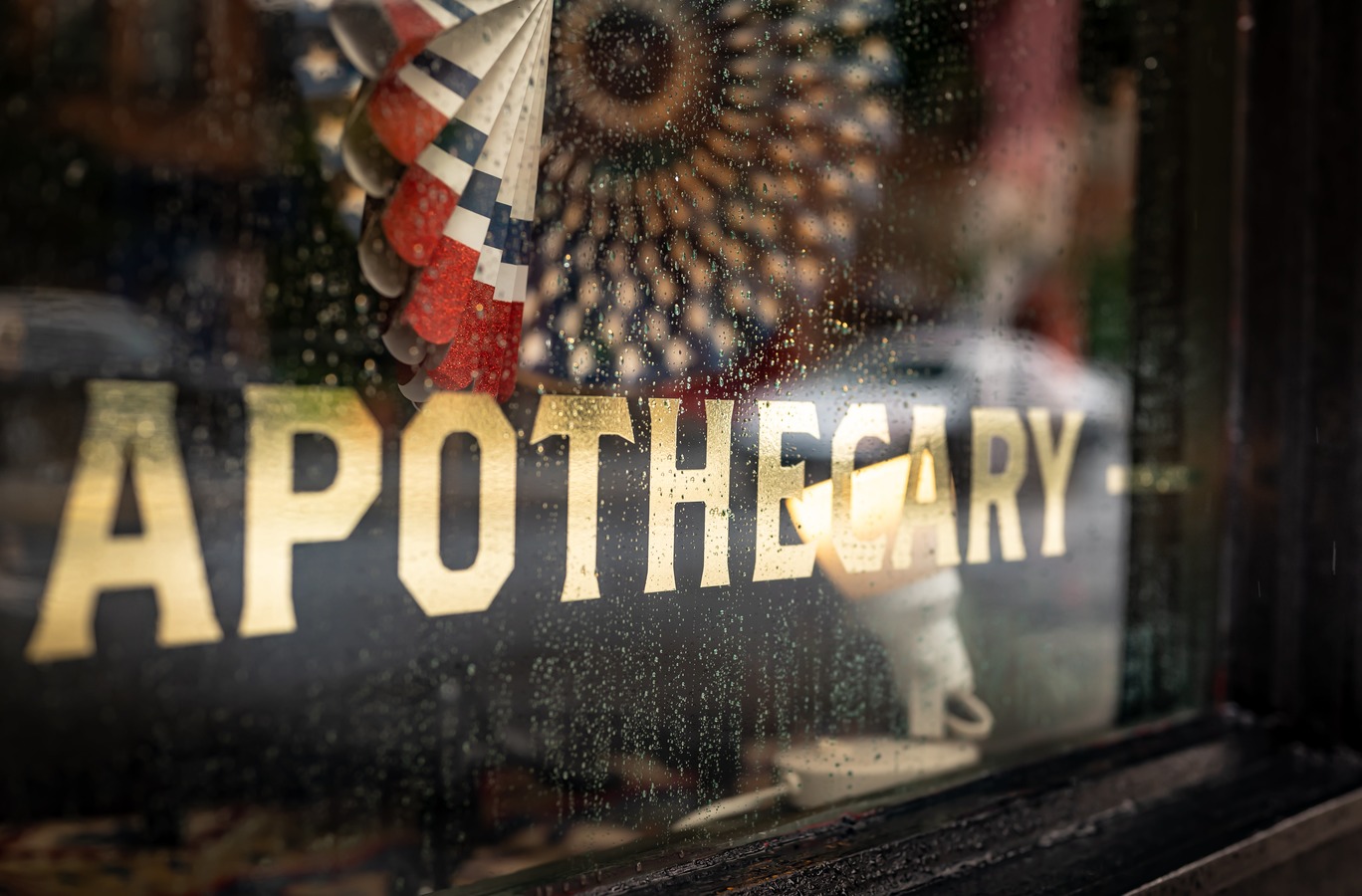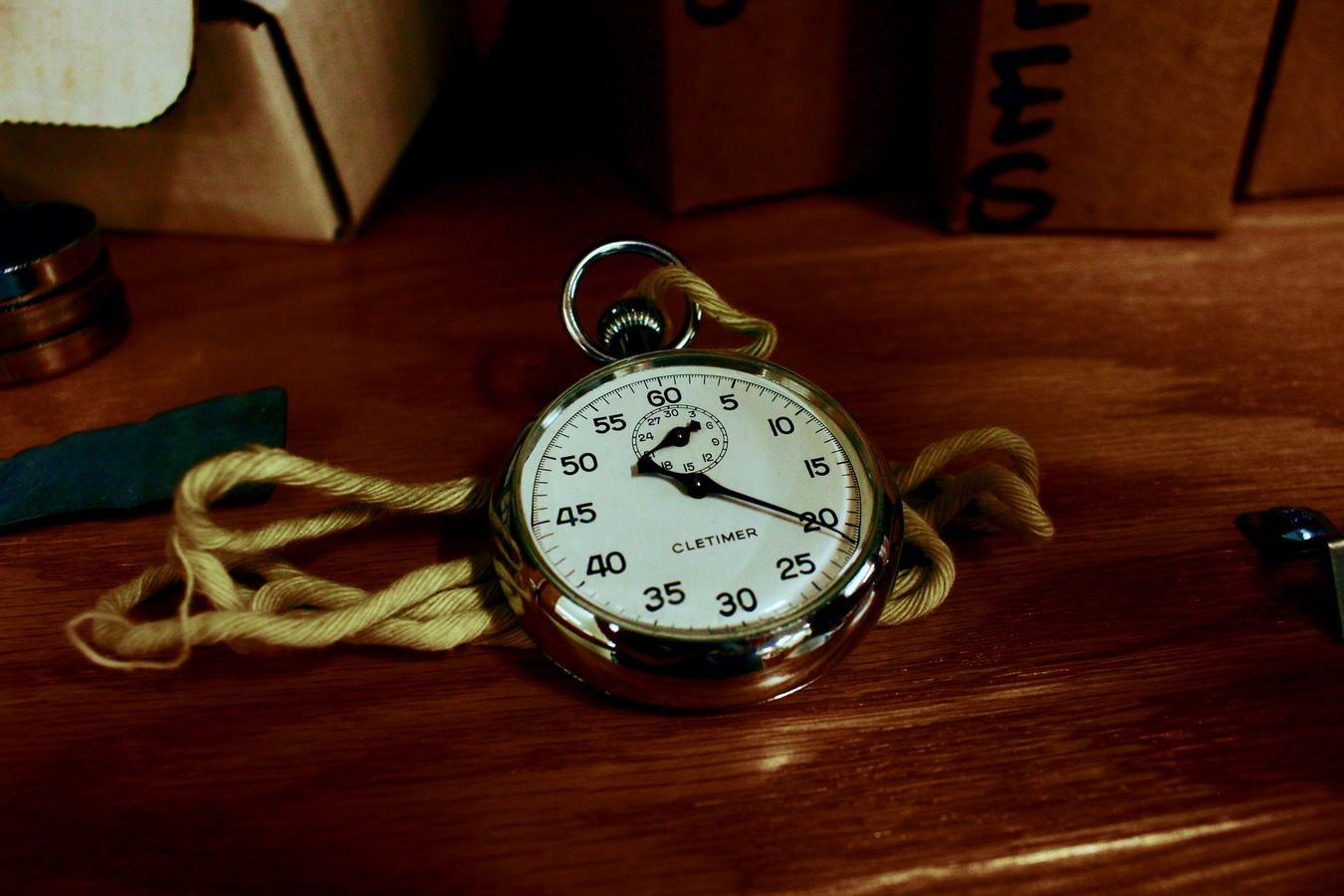We seek to know ourselves through relationships. We have to. We are mammals who, as babies, are extraordinarily and uniquely vulnerable. For an extended period of time we need the support and care of others to survive. As several studies and experiences in history have shown, beyond food, water and adequate shelter, it’s a nurturing and reflective gaze as well as emotional care that supports our thriving. We need our feelings and experience mirrored and understood by a good enough care-giver in those early years and we need that experience to continue as we go on through childhood, adolescence and adulthood.
It is the gaze of our carer(s) that reflects back and creates our sense of self. We literally can’t make sense of ourselves, or our world, without it. But, the inconsistency of even the good-enough parent creates a gap.
The gap is the one that exists between what we think of ourselves and what we actually are in that point of time.
We can bridge that gap with understanding or we can bridge it with distraction and denial. Without adequate space and awareness, we can end up trapped inside our own image of our self, caught in the mirror maze of the need to be seen and to see.
The need is, at its base, the need to be seen as good enough. In adolescence and adulthood, this craving manifests in a variety of ways.
Dating
Whilst it’s often framed as a “millennial” issue, the phenomenon of using dating apps and other community /chat platforms as a way of validating oneself is very much not unique to your twenties/early thirties. People of all ages and in all sorts of relationship set-ups use apps and websites as a way to feel like they have “options”, are “attractive”, “could if they wanted to” or “have a safety net of others”. The need for validation that drives the upload of cute photos or the escalation of a chat to flirting or sexting is a cross-generational one.
Relationships
Using relationships to fill the self gap is a familiar story. Ideas of “the one” and of “happy ever after” are still a huge part of contemporary thinking about our romantic connections with others. Monogamy and monogamy culture reinforce these ideas as well as the idea that there are long term work arounds to the issues facing monogamous relationships – *stares hard at Esther Perel*. Too many of us still buy into the idea that a partner is the “fix” to our own issues or we distract ourselves from our own unmet needs and feelings by meeting someone else’s. The myth that being in a relationship is a panacea to all ills is surprisingly stubborn (and, I believe, partly related to our need to recreate a mother-child or father-child dynamic).
The fact is that all relationships have their ebb and flow, parts that work and parts that don’t. The more open we are to the idea that there is no one size fits all, relationship escalator template for us when it comes to relating romantically and sexually the more access we might have to joy and contentment.
There is still a huge amount of prejudice and misunderstanding about as well as misinformation about open and/or polyamorous relationships. there will always be bad actors using labels to cover up poor behaviour. This doesn’t make the relationship structure the problem – otherwise where would our thoughts be on monogamy… it’s hardly had a good rap to date, mmmh?
Social media
We project an image out into the world – an authentic one or a filtered one, but still a projection. We project in varying degrees and in different ways in differing circumstances. This is often when we meet people as it can help to ease social interactions but many people also do this via social media feeds.
An image on a feed is fixed, static and it’s also one dimensional and simple, unlike the complexity of the real self. There’s an internal craving for simplicity, for ease and certainty of self, and this feeling can foster or exacerbate the need for image creation.
The fear of not good enough drives the creation of the images AND the need to consume them. We are both feeder upon and fed upon.
We try to manifest the enough-ness of the self through posting and sharing and the denial and/or control of the parts of our selves which we feel, or fear, will be disapproved of. The narrow limits of what is okay can really constrain us.
The sheer volume of normative images can make any difference feel devastating. The more images we see that reinforce conformity, the more we internalise that and lash out at creators of images that don’t
We can curate a “positive” feed but most people do not and, when they do, it’s yet more work. The task of seeking genuine images is endlessly undermined by producers that are quicksilver manipulators and shifters of the message: “skinny” is rebranded as “strong”, thin as “well”.
We also compare, seeking to wield power by approving or not of the images of those around us. I learnt this myself when my marriage ended. I noticed how the photos of my new partner or mentions of my new gig going or socialising received no likes but photos of my ex or my children, as well as other domestic activities, received many. My behaviour was being policed: approved or not approved by way of the thumbs up button. I deleted Facebook then and haven’t missed it since.
This social policing as well as sheer volume of normative images can make any difference feel devastating. The more images we see that reinforce conformity the more we internalise that and lash out at creators of images that do not. The more images that reinforce conformity the more we deny our real needs. The resulting shame, which is too hot and toxic to bear, is buried deep and the surface consequences are, usually, anger or anxiety. We rail against or act out in other ways or we try to remake the maze from the inside, insisting we are posting authentic images, challenging the norm when, in truth, we’re still trapped.
Social communications
We also use social platforms to communicate – whether via comments or by texting. Texting was a simple means of simplistic communicating but it has evolved into a complex system whose various features can be “read” or interpreted as well as used to control and police. Features such as Last seen online can foster anxiety and dependency (there are various articles online about how people are unravelled by such features). I know of people who have had their last seen time stamp weaponised as a way of policing behaviour. A few years ago, I experienced intense anxiety over what I thought these times and dates “meant” about me and my connection with the other person. I’ve also been watched by people who use this feature to monitor my activity and question my lack of response or availability. The double ticks and markers such as read receipts that indicate when a message has been seen and/or read can, if we allow our need to control or our anxiety about not being in control to spiral, lead to policing of behaviour, a hyper vigilance around communications as well as a sense of suffocation, that is toxic to interpersonal relationships of all forms.
Denial
We don’t just police others or the self within the screen, we do this in the workplace, in our homes, amongst our social groups.
We seek those who reflect us and then try to control them, as with the idea of the crab-bucket concept outlined in Rewriting the Rules, insisting that their behaviour and choices remain fixed. There is no room for the fluidity and change that is a feature of all living things.
Political, social and cultural reinforcement (a.k.a. the white supremacist, militarist, capitalist patriarchy)
The mirror reflects and creates the sense of self and, like the panopticon that we wrote about recently, at the centre is the anxious watcher, the self who polices. We try to control ourselves so that we conform and, therefore, belong – to gain the much needed acceptance. Political and cultural systems use our default, social mammalian natures as well as the inevitability of gaps (or chasms) in parental care-giving and the needs those create against us.
It is a historical problem. In the 1950s-80s, the maze was made up of magazines, posters and advertising and now it is Instagram, Tik Tok and Facebook. Whether it was on TV, on billboards, amongst glossy or newsprint pages and even art galleries, capitalism co-opted and filled our external lives. It then stepped into our homes even when the TV was off through the tiny screen of our phones. The screens then became shiny cages in which we were trapped, ever policing ourselves, as well as others, via approval or disapproval of the image. This through-screen passivity leads, logically, to a world where posting a black squares or a mono selfie is seen by some as “taking action” or “making a difference”. But instead they drown out the very voices they say they wish to support.
Instagram, Pinterest, all social media can make any lunch, any book shelf, any life not good enough
It is an inherently human neurological problem. We have, for complex reasons, a psychological bias towards bad news, seemingly drawn to things that make us feel bad. This is why you are always back online after that “month off”. And then there is the asymmetrical effect of feeds and social media: we seek to be approved of and yet end up creating more images that actually undermine the self (this is not really true of the complex messy me) and others (their life/skin/hair/job/kid/partner is better than mine).
It is also a gendered one. The images of women are much more likely to be policed, commented on and criticised but, as we saw with the experience of the late, wonderful Chadwick Boseman who was shamed for weight loss, even male bodies are critiqued and policed. The tragedy here was that he had been hiding an illness. Ableism married with unkindness and a readiness to assume and judge remains a huge problem.
Every status update reveals the search for an answer to the same question: am I good enough?
There has been, and is, much necessary and vital talk of the role of the male gaze upon women in advertising, art and media but why do they need to portray this? What needs are these manufactured image meetings? These images are presented (and often interpreted) as a need for adoration and control. But, to the curious, they reveal a gaping need for acceptance and approval. Male anxiety repeats over and over, through these images of women giving them the thing they do not know they need, a desperate cry for approval.
Women are criticised and re-proofed for not being old enough, young enough, fat enough or thin enough. no body is ever good enough and, if it is, it won’t be for long as fashions change or time passes. These comments and criticism are all about control, about shaming and blaming women as well as creating a culture of anxiety, fear and shame. It is all too effective much of the time.
Whose needs does this all serve?
Big media, big Pharma, political systems. The white supremacist, militaristic, capitalistic patriarchy that dominates our world all gain from our being too anxious, too distracted to care or act upon the limits they put on us and the harm inflicted upon people who are not white or straight and already wealthy, people of colour, people who are queer, poor, have neuro-divergencies, disabilities or are fat.
Not good enough is created in the home, reinforced to support the needs of capitalism, and exacerbated by the fact that we don’t have easy access to the words with which to speak of these truths with each other. We are encouraged to blame all the wrong people and/or our relationships or our selves for the pain we are in. We are trapped behind the mirror-glass, shouting unheard at our own reflections.
Until we can accurately identify the feelings we have and the unmet needs they speak of, we cannot begin to break free from the mirror maze of gaze seeking and image generating. For a mirror can also be a tool for reflection, examination and consideration. It can magnify and clarify. The maze can be an echo of our thoughts and feels or a place to examine and consider. Social media can be a space for creativity playfulness and authentic and imaginative expression but not until we have a secure enough sense of self, one that can hold its gaze upon our own complexity, doubt and messiness and not look away.
Helpful places to go next…
Coaching call or email with me – anita.cassidy@box5755.temp.domains, check out details here.
Call Switchboard or Mind for mental health support
If you are looking for a private therapist, take a look at Pink Therapy for a directory
London Friend, the LGBT foundation, and Metro can help you find low cost therapy.
Read more:
Why the 5am start is bullshit
Home as panopticon – intergenerational trauma and how to move beyond
Inter-generational trauma – Meg John Barker
Conscious relationships – a video dialogue , a piece written by Andrea (cis-male co-founder of Alethya) on conscious relating
Beyond happy ever after – our TEDx talk
Ways of Seeing – John Berger
Narrative Cinema and visual pleasure – Laura Mulvey


















